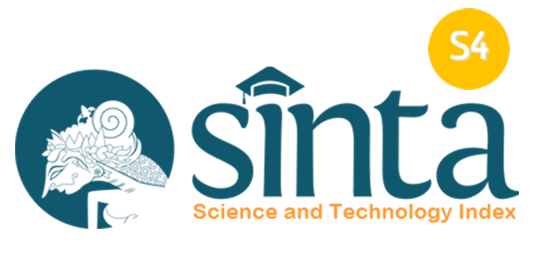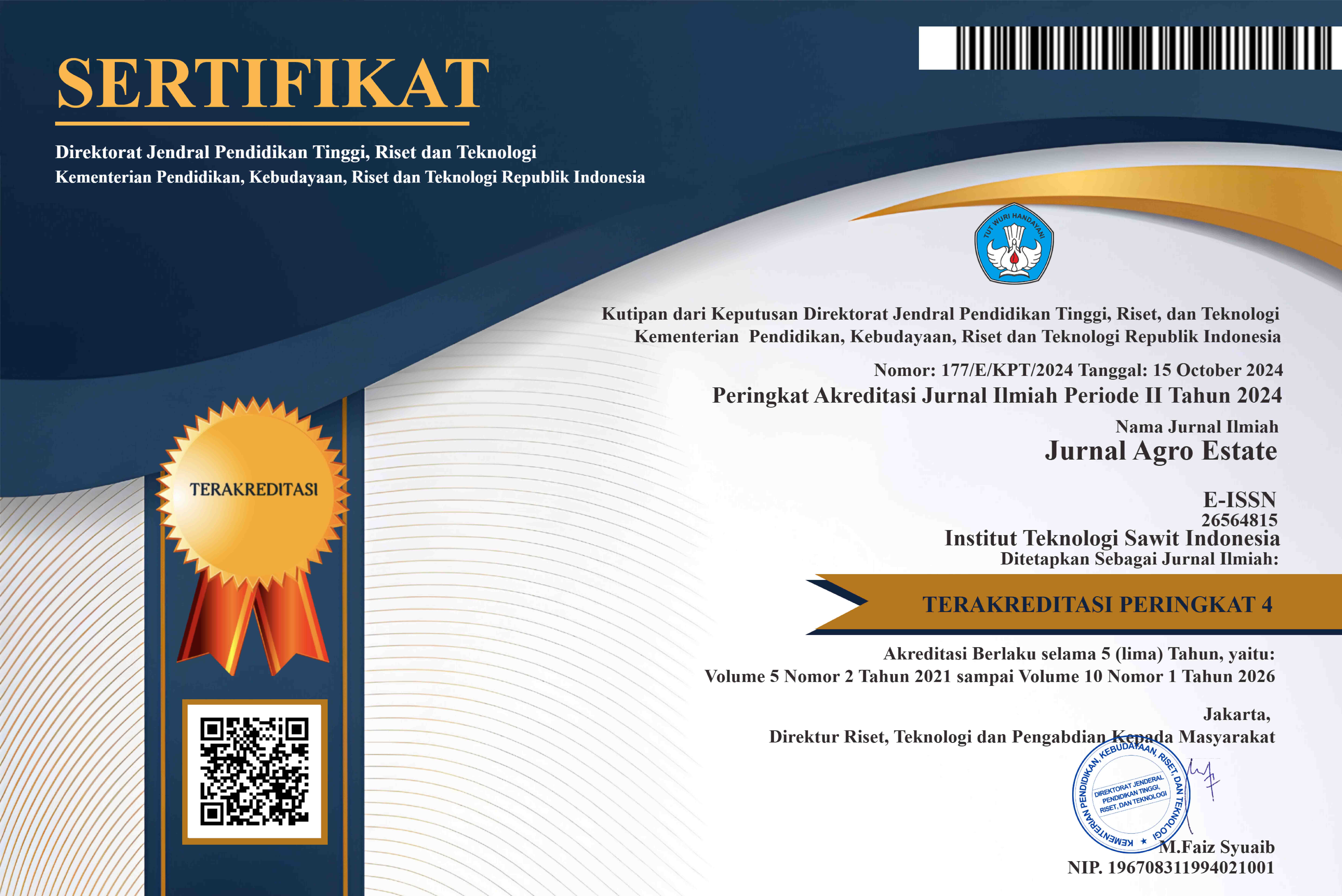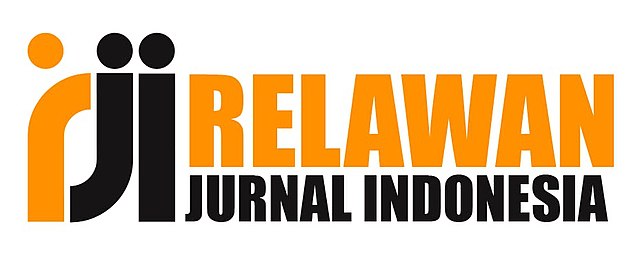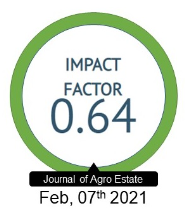PENGGUNAAN SENYAWA OSMOLIT DAN ALKALIN PADA PENYADAPAN TANAMAN KARET (Hevea brasiliensis)
DOI:
https://doi.org/10.47199/jae.v3i2.66Keywords:
Hevea brasiliensis, Osmolyte and alkaline compound, Stimulant, Yield, TappingAbstract
Stimulants are one of the common ways to increase yield in rubber plants. Recent, the stimulant that is widely used in rubber tapping is ethephon. Ethephon material can prolong the flow of latex so that yield increases. The combination of osmolyte and alkaline compounds is expected to be an alternative stimulant. Therefore, this study aimed to examine the use of osmolytes and alkaline in rubber plants. This research was conducted at the Experimental Design of the Sungei Putih Estate Research, Deli Serdang, North Sumatra in May-September 2016 with PB 260 clones planting year 2010 with a tapping system S/2 D3 Ga1.0 6 / y (m) in panel B0-2. The experimental design used was a Randomized Complete Block Design (RCBD) with 28 combinations of treatments. The observation parameters in this study were yield (g/p/s), girth (cm) before treatment application and yield (g/p/s) and yield (kg/ha/year) after treatment application. The observations showed that the addition of stimulants with osmolyte and alkaline compounds had a significant effect yield on rubber (g/p/s) in the first tapping slices. The 5% osmolyte and 10% alkaline compounds have yield rubber which is comparable to the application of stimulants made from ethephon in the first tapping slices. Application of 5% osmolyte and 10% alkaline compounds can be used as an alternative stimulant in rubber plants.
Downloads
References
Potensi polyethylene glycol (PEG) sebagai stimulan lateks pada tanaman karet (Hevea brasiliensis Mull. Arg). Jurnal Agrovigor. 3(1):73-81. DOI: https://doi.org/10.21107/agrovigor.v9i1.1528.
Andriyanto M, Wijaya A, Rachmawan A, Junaidi. (2019). Produksi tanaman karet (Hevea brasiliensis) pada waktu pengumpulan lateks yang berbeda. Jurnal Agro Estate 1(3):27-34. https://ejurnal.stipap.ac.id/index.php/JAE/article/view/18.
Badan Pusat Statistik. (2014). Statistik Karet Indonesia 2014. Jakarta (ID): BPS. 124 halaman.
Fendiyanto MH, Satrio RD, Suharsono, Tjahjoleksono A, Miftahudin. (2019). Correlation among Snpb11 markers, root growth, and physiological characters of upland rice under aluminum stress. Biodiversitas Journal of Diversity. 20(5): 1243-1254.DOI:https://doi.org/10.13057/biodiv/d200514.
Herlinawaty E, Kuswanhadi. (2017). Pengaruh stimulan etefon terhadap produksi dan fisiologi latkes berbagai klon IRR. Jurnal Penelitian Karet. 35(2):149-158. DOI: http://dx.doi.org/ 10.22302/ppk.jpk.v35i2.404.
Jawjit W, Pavasant P, Kroeze C. (2015). Evaluating environmental performance of concentrated latex production in Thailand. Journal of Cleaner Production. 98(7): 84-91. DOI:https: //doi.org/10.1016/j.jclepro .2013.11.016.
Junaidi, Atminingsih, Siregar THS. (2014). Penggunaan stimulan gas etilen pada tanaman karet (Hevea brasiliensis). Jurnal Warta Perkaretan. 33(2):79-88.DOI: https://doi.org/10.22302/ppk.wp.v33i2.53.
Junaidi, Atminingsih. (2017). Pekembangan ontogenetik daun tanaman karet sebagai penanda awal adaptasi terhadap cekaman lingkungan dan patogen. Warta Perkaretan. 36(1):1-13.https://doi.org/10.22302/ppk.wp.v36i1.296.
Lander JP. (2014). R for Everyone: Advanced Analytics and Graphics. Boston (US): Addison Wesley. 124 halaman.
Mattjik AA, Sumertajaya IM. (2013). Perancangan Percobaan dengan Aplikasi SAS dan Minitab. Bogor (ID): IPB Press. 250 halaman.
Naiola BP. (2000). Potensial air pada turgor loss point tumbuhan hutann gambut dalam kondisi stres genangan di kawasan Sungai Sebangau, Kalimantan Tengah. Berita Biologi 5(3):341-348. https://media.neliti.com/media/publications/62589-ID-none.pdf (diakses tanggal 28 Oktober 2019).
Perochena ADC, Bramante CM, Andrade FBD, Maliza AGA, Cavenago BC, Marciano MA, Silva PA, Duarte MH. 2015. Antibacterial and dissolution ability of sodium hypochlorite in different phs on multi-species biofilms. Clin Oral Invest. 2(4):1-14. DOI: 10.1007/s00784-015-1431-6.
Priyadarshan PM. (2011). Biology of Hevea Rubber. Oxfordshire (EN): CAB International. 300 halaman.
PurwaningrumY, Asbur Y, Junaidi. (2018). Latex quality and yield parameters of Hevea brasiliensis (Willd. Ex A. Juss.) Mull. Arg. Clone PB 260 for different tapping and stmulant application frequencies. Chilean Journal of Agricultural Research. 79(3):1-13. DOI:10.4067/S0718-58392019000300347.
Satrio N., Rosmayati, E. H. Kardhinata, R. Tistama, dan A. Fipriani. (2016). Pengaruh asam askorbat untuk penyembuhan kering alur sadap parsial tanaman karet (Hevea brasiliensis Muell. Arg) Pada Klon PB 260 dan IRR 42. Jurnal Agroekoteknologi. 4(4):2400-2406. https://jurnal.usu.ac.id/index.php/agroekoteknologi/article/view/14040 (diakses tanggal 22 November 2019).
Setiani N.A., F. Nurwinda, dan D. Astriany. (2018). Pengaruh desinfektan dan lama perendaman pada sterilisasi eksplam daun sukun (Artocarpus altilis (Parkinson ex. F.A Zorn) Fosberg. Journal of Tropica Biologi. 6(3):78-82.http://dx.doi.org/10.21776/ ub.biotropika.2018.006.03.01.
Siagian N, Siregar THS. (2011). Pemeriksaan kualitas sadapan untuk mendukung produktivitas yang tinggi dan berkelanjutan. Warta Perkaretan. 30(1):34-43.
Singapore Community for Rubber Futrures [SICOM]. (2016). Singapore SICOM Rubber Futures (TF): 12.79 (-0.93%) as of 07-Jun-2016. https :// www .quandl .com/collections/ futures/sgx-sicom-rubber-futures (diakses tanggal 09 Juni 2019).
Sumarmadji. (2000). Sistem eksploitasi tanaman karet yang spesifik diskriminatif. Warta Pusat Penelitian Karet. 19 (1-3): 27-40.
Tistama R. (2013). Peran seluler etilen eksogenus terhadap peningkatan produksi lateks pada tanaman karet (Hevea brasiliensis L). Warta Perkaretan. 32(1):25-37. DOI: https://doi.org/10.22302/ppk.wp.v32i1.33.
Wolucka BA, Goossens A, Inze D. (2005). Methyl jasmonate stimulates the de novo biosynthesis of vitamin c in plant cell suspensions. Journal of Experimental Botany. 56: 2527-2538. DOI: 10.1093/jxb/eri246.
Yusoff S, Zand M, Ahmad AZ. (2019). Environmental impact evaluation of rubber cultivation and industry in Malaysia. Climate Change and Agriculture. 20(6):1-14. DOI: http://dx.doi.org/10.5772/intechopen.84420.
Downloads
Published
How to Cite
Issue
Section
License
Copyright (c) 2023 Agro Estate

This work is licensed under a Creative Commons Attribution 4.0 International License.























